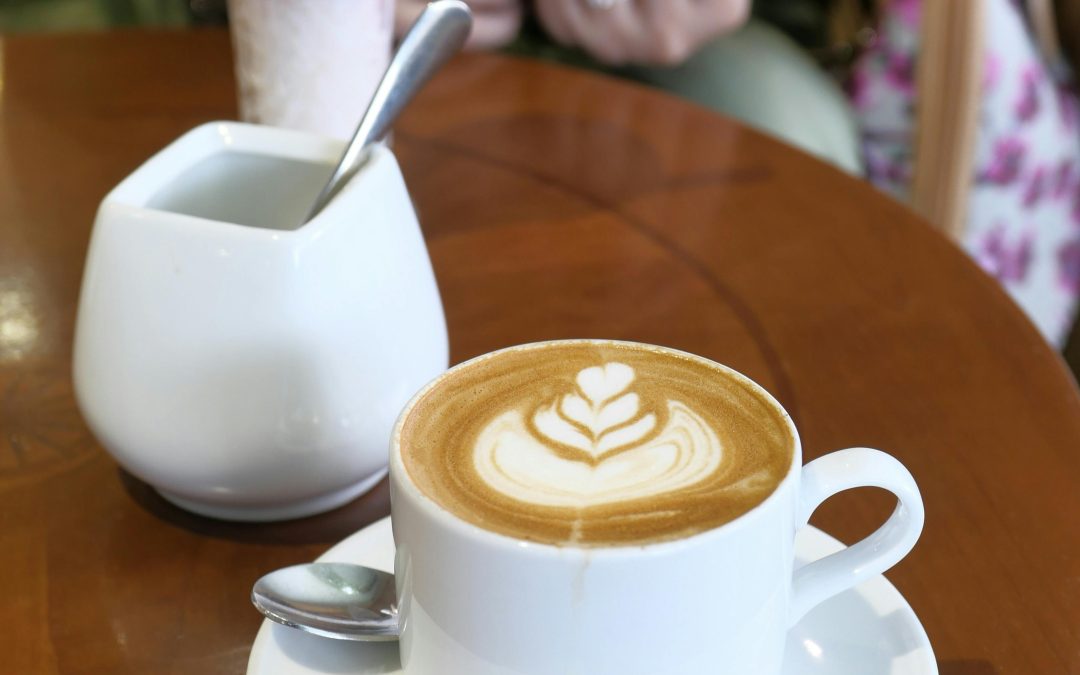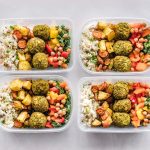Many women in their 40s, 50s, and 60s reach a point where their diet suddenly stops working, even though they’re choosing what seem like healthy options. The problem is, some of these healthy foods are high in calories and can quietly stall your progress without you realising it.
During menopause, when your metabolism slows and hormones shift, those extra calories add up fast, making fat loss feel harder than ever.
You might be cutting carbs, skipping desserts and filling your trolley with fruit juice, granola and low-fat yoghurt, thinking you’re doing everything right… only to feel hungrier, more tired, and frustrated that your clothes still don’t fit the way they used to.
In this article we’ll look at the truth behind these so-called healthy foods and what to eat instead if you’re trying to lose weight and feel like you again.

8 Foods That Can Sabotage Your Weight Loss
1. Fruit Juices
Fruit juice is often seen as a healthy choice because it’s “packed with vitamin C”, but it’s one of the biggest hidden calorie culprits. When fruit is juiced, all the fibre (the part that slows digestion and keeps you full) is stripped out, leaving behind pure sugar.
A typical glass of orange juice contains around 10g of sugar per 100ml, which is roughly the same as a full-sugar Coke. That means one large glass could contain 25g or more of sugar, which is nearly your entire daily recommended limit.
Instead, eat the whole fruit. You’ll get the same vitamins, but with fibre and water to help control blood sugar spikes. Or, try a protein smoothie made with protein powder, berries, chia seeds and almond milk, this make it filling, balanced, and won’t send your hormones into chaos.
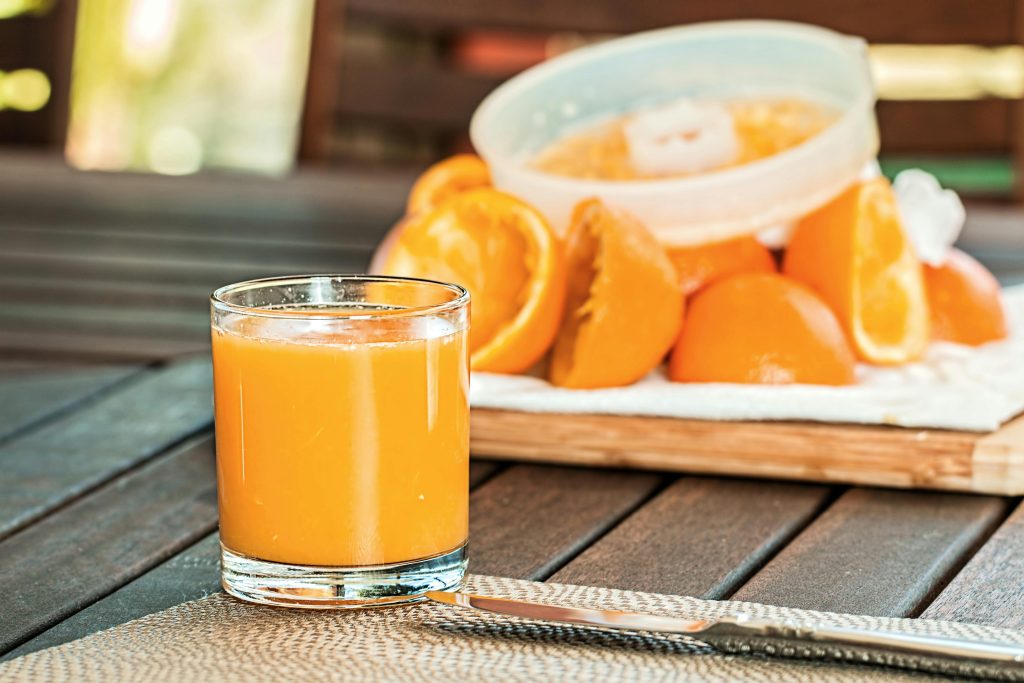
2. High-Protein” Cereals
Many women over 40 swap sugary cereals for “high-protein” or “wholegrain” options, thinking they’re better. But most still fall into the ultra-processed food (UPF) category, which means they’re made in factories with ingredients you could never replicate at home.
And this is where the problem lies: your body doesn’t register UPFs as real food. They don’t trigger fullness hormones properly, so you end up craving more and eating more.
Take Crunchy Nut, it contains 35g of sugar per 100g, the same as a Dairy Milk bar! Even “healthier” options like Special K are mostly just carbs, leaving you hungry an hour later.
And then there’s granola and muesli which are often baked in oil and sugar, making them more calorie-dense than regular cereal. One client tracked her “healthy” breakfast bowl of granola and discovered it had 750 calories which is almost half her daily target, before lunch!
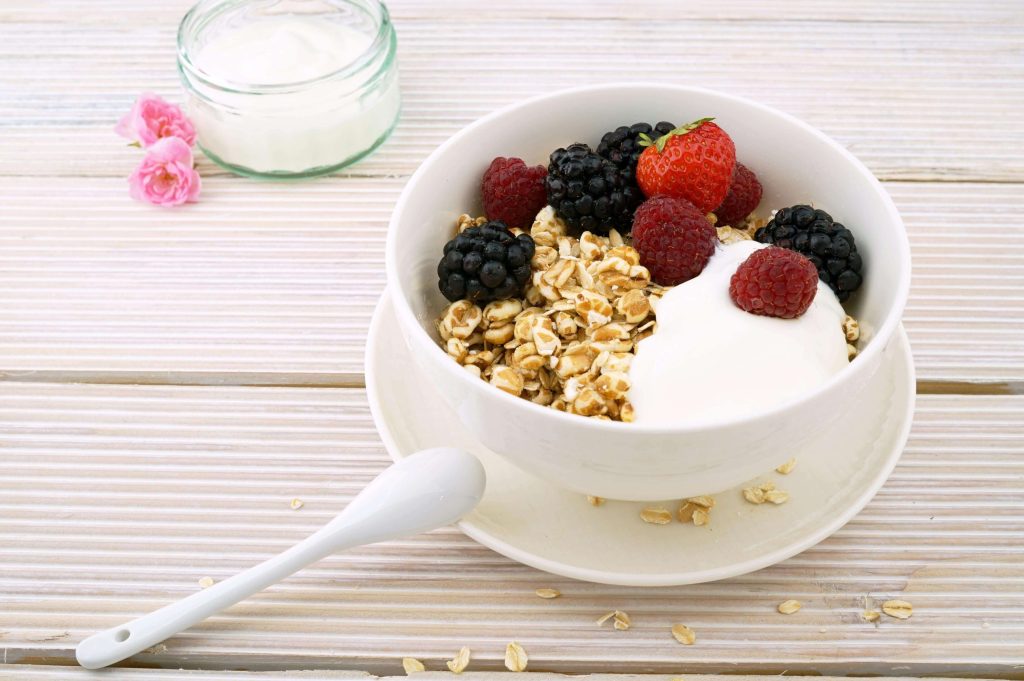
3. Low-Fat Yoghurts
The “low-fat” label is one of the biggest food marketing traps. Most low-fat yoghurts replace fat with added sugar, leaving you with a blood sugar spike and mid-morning cravings.
Even “Greek-style” yoghurt can be misleading because it sounds high in protein, but many supermarket versions are low in both fat and protein, meaning they don’t fill you up.
Instead, opt for authentic Greek yoghurt or a high-protein yoghurt (look for around 15–20g of protein per serving). Add some berries or a sprinkle of flaxseed for fibre and healthy fats.
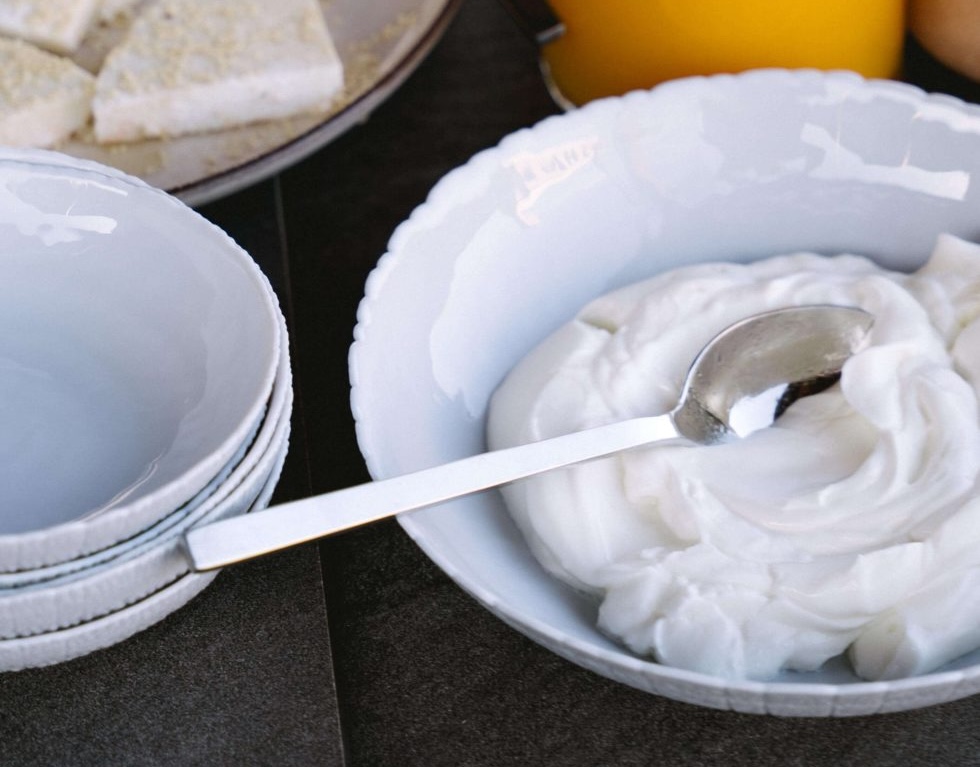
4. Cereal Bars
Cereal bars are marketed as quick, healthy snacks that are perfect for busy mornings or after the gym. But most are disguised chocolate bars, packed with sugar, glucose syrup and processed fats.
They can contain anywhere from 150–250 calories with barely any protein or fibre, meaning you’ll be hungry again in an hour.
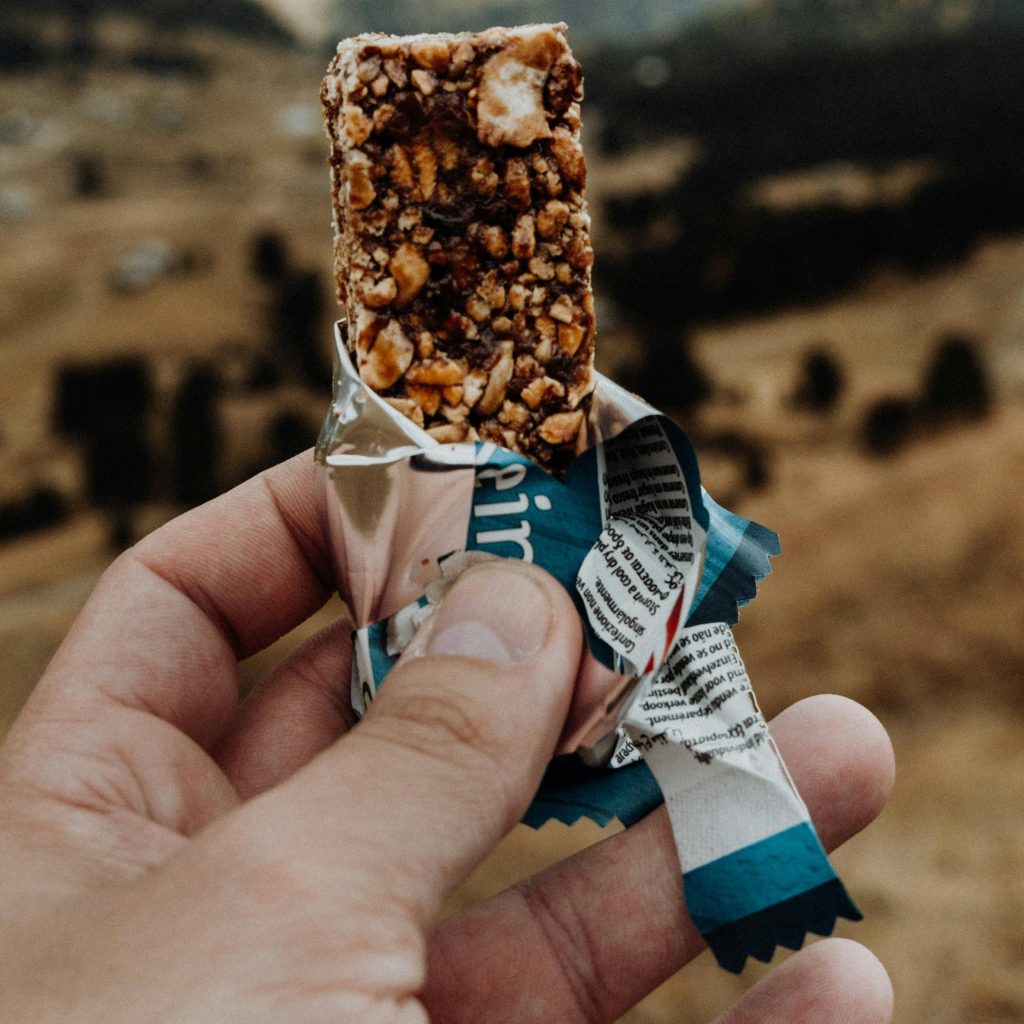
5. Salads (and Their Dressings)
Salads should be the perfect healthy meal, if you make them at home. What you need to be careful with, are those bought in restaurants and supermarkets. These versions can easily top 600–800 calories, especially once you add creamy dressings, cheese, croutons, and nuts.
Mayonnaise alone contains around 100 calories per tablespoon, and many dressings use oils and sugars that add up fast.
Instead, make your own dressing with olive oil, lemon juice, balsamic vinegar, or Greek yoghurt. Include a palm-sized portion of protein (like chicken, salmon, or tofu) and fibre-rich veggies to keep you fuller for longer.
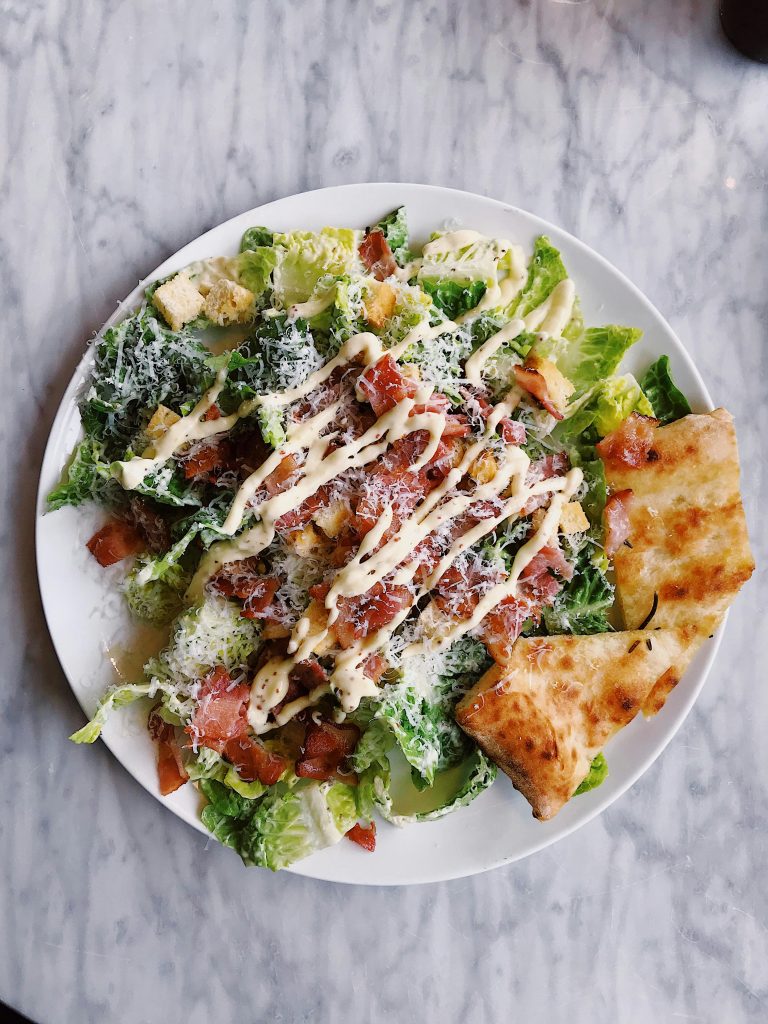
6. Nuts
Nuts are packed with healthy fats, fibre and nutrients, but they’re also incredibly calorie-dense. A small handful (around 30g) of almonds has 180–200 calories.
The problem comes when you snack mindlessly. A few handfuls while cooking dinner or watching TV can easily add 500+ calories.
Instead, portion them out by using a small container or measuring one handful and putting the rest away. Nuts are great as part of a balanced meal, not as a constant snack.
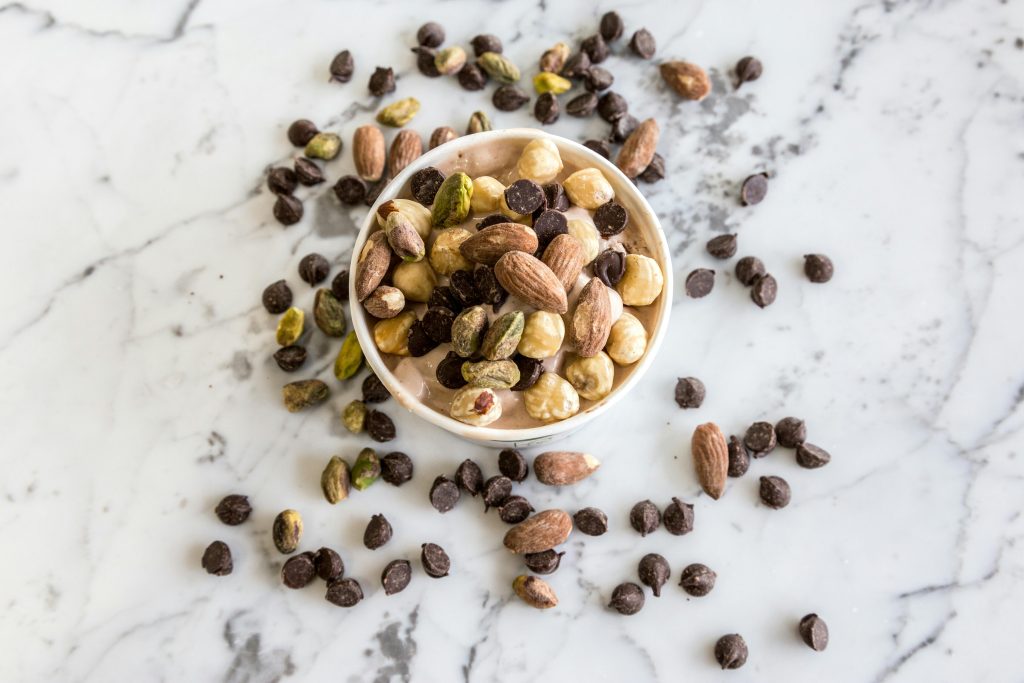
7. Lattes/Frappes
Lattes can be surprisingly high in calories. A regular skinny latte contains around 102 calories, most of which come from sugar. One a day might not sound like much, but over the course of a week, that’s the equivalent of eating two extra meals.
And if you grab two some days, for example, one from the office coffee machine and one on your commute, that’s basically your entire week’s calorie deficit gone.
Then there are frappes. A Starbucks Frappe contains around 338 calories and 9 teaspoons of sugar, when the recommended daily limit for women is just 6 teaspoons (25g).
Having one a day over the course of a week could see you gain around two-thirds of a pound of body fat every week, simply from your coffee habit.
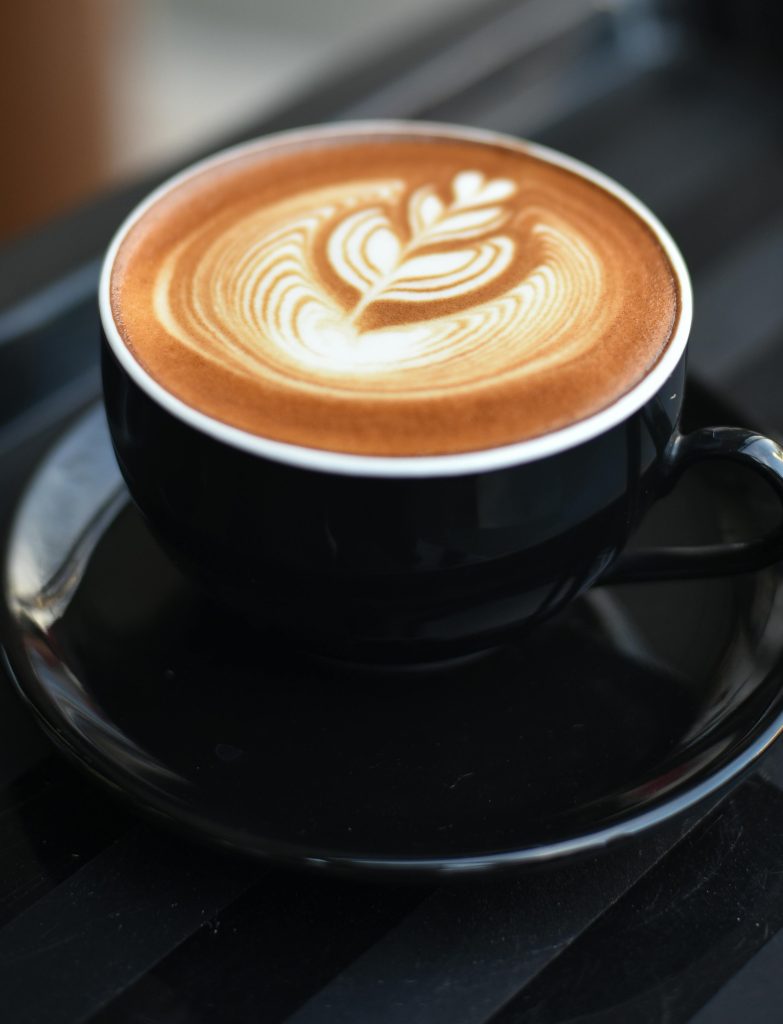
8. Alcohol
Alcohol is one of the biggest hidden saboteurs of fat loss. When alcohol is present, your body prioritises metabolising it over everything else, meaning fat burning effectively stops until the alcohol is gone.
The calorie content is also easy to underestimate. A glass of wine contains around 200–215 calories, and a full bottle adds up to 625 calories which is roughly the same as an entire meal.
A cocktail like a mojito comes in at 200 calories and 30g of sugar, which is more than your entire daily sugar allowance in just one drink.
But it’s not just the calories from the alcohol itself. Drinking increases appetite and lowers inhibitions, so you’re far more likely to snack on crisps, dips, or takeaway food.
The next day, hangover cravings kick in, your motivation to exercise drops, and it becomes very easy to consume 2,500–3,000 calories each day over the weekend from alcohol and related snacking which will completely undo all your hard work from the week.

“At Christmas last year I hit 12 stone five so that was the heaviest I’ve been for a long while, since I’ve been pregnant basically and I decided something needed to happen. I joined TRINITY at the start of the year. Since then I’ve lost around 10 inches. My weight has gone down about a stone since Christmas. My mindset is better, there’s still a long way to go but now I’m much more aware of food, I’d never counted a calorie in my life so that was new to me and I was like, really, but I gave it a go and actually I think that’s the biggest thing that I’ve sort of got so far is just that awareness of what I’m putting in my body, how much cups of coffee can eat into your calorie intake.”
– Catherine Muirhead (52), Trinity Client
Why “Healthy Foods High in Calories” Can Backfire for Women Over 40
Once you hit your 40s and 50s, your body changes, and so does the way it processes food. Falling oestrogen and progesterone levels affect how your body stores fat, regulates hunger and manages blood sugar.
Even when you’re eating “healthy,” you might still be over-consuming calories, under-eating protein, and spiking your blood sugar all day, all of which make fat loss nearly impossible.
Most women we work with are shocked when they discover their “healthy” diet is full of these hidden traps. They’ve been doing what used to work, but their hormones, metabolism and stress response have changed. The key is learning to eat smarter for your hormones.
What to Do Instead
If you want to lose weight, balance your hormones, and feel more energised during menopause, it’s all about eating smarter. Focus on avoiding the WADS foods 80% of the time and optimising for calories, protein, and fibre.
Avoid the WADS Foods 80% of the Time
Some foods make menopause symptoms worse and fat loss harder. We call these WADS foods:
W – Wheat
A – Alcohol
D – Dairy
S – Sugar
Sugar & Alcohol: Both are addictive, calorie-dense, and disrupt your hunger hormones. They can trigger hot flushes, poor sleep, and a vicious cycle of cravings and fatigue.
Wheat & Dairy: These are highly processed and calorie-dense. Wheat breaks down fast, spiking blood sugar, while dairy can cause bloating and inflammation.
Many women are mildly intolerant to one or both, leading to higher cortisol (stress hormone) and slower fat loss. When women reduce these foods, they often notice higher energy, better sleep, improved skin, and easier weight loss.
Optimise for the Key 3: Calories, Protein & Fibre
Calories:
Your metabolism slows by around 10% each decade after your 20s which means what maintained your weight at 2,000 calories in your 20s might only be 1,460 by your 50s. Add poor sleep and lower activity, and it’s easy to gain weight.
Focus on nutrient-dense foods like meat, fish, and vegetables, not ultra-processed snacks or “healthy” WADS foods. Strength training also helps by building muscle, which boosts metabolism for days after each session.
Protein:
Protein keeps you full, curbs cravings, and supports lean muscle. It also burns more calories during digestion. Aim for a palm-sized portion at every meal — roughly double the standard RDA for best results.
Fibre:
Fibre slows digestion, keeps you satisfied, and stabilises blood sugar. It’s found in fruits, veg, beans, and oats — and also supports gut health, which can help with menopause symptoms.
Many so-called “healthy” foods can quietly sabotage your progress if they’re high in calories, sugar, or processed ingredients. By focusing on real, unprocessed foods, you’ll fuel your body properly, keep your hormones stable, and finally see the results you’ve been working for, without extreme restriction.
Watch How Jo Lost 22kg With Trinity
How Trinity Can Help You Lose Weight After 40
At Trinity Transformation, we’ve helped over 7,000 women over 40 drop 1–2 dress sizes (or 15–25 lbs) in just 12 weeks — and 97% of them succeed.
Unlike fad diets or weight loss jabs, our approach is a complete re-education that teaches you how to eat, train and live in a way that works for your hormones, your body, and your lifestyle.
Our expert coaches support you every step of the way, helping you:
- Balance your calories, protein and fibre
- Build lean muscle through low-impact strength training
- Manage hormones to reduce cravings and belly fat
- Stay accountable, even when life gets busy
This is about finally feeling like yourself again: confident, energised and strong.
If you’re ready to learn how to eat in a way that works for your changing body and achieve long-term, sustainable results — join our free training or download our Fit Over 40 guide to get started today.

